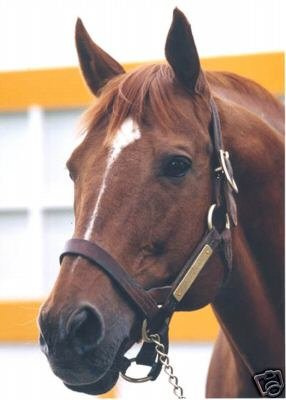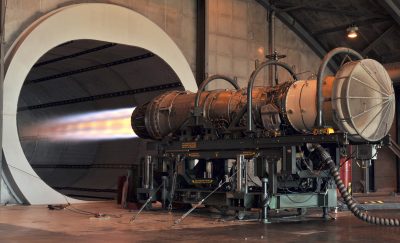

Secretariat and Aviation: What is the Connection? All this came to mind as this week, Penny Tweedy (aka Penny Chenery), Secretariat’s owner, died. Regular readers have, by this point, figured out that Doctor Aviation likes to tie aviation to the rest of life. At first glance one would wonder, “What on earth does a race horse have to do with aviation”? Good question, as an educator, I often like to make connections between concepts. Sometimes the connections are not clear at first. Read on, and I hope to make the connection clear.
Penny Tweedy was a typical housewife and mother of three in the late 1960s. She was busy raising her three children in Colorado when her Dad suddenly fell ill. Dad owned a horse farm in Virginia called, Meadow Stables. Penny inherited the farm and upon inspection realized that it was in deep financial trouble.

Tweedy had arranged to have two mares bred to Bold Ruler, the greatest sire of the 20th Century. Through a coin toss with Ogden Phipps (the owner of Bold Ruler) she was awarded the offspring of a mare called Somethingroyal. They named the colt, born in March of 1970, Secretariat.
Secretariat began racing as a two year old (the norm for thoroughbreds) and was the best two year old of the bunch. Three year olds race for the Triple Crown. However, financial troubles were mounting at Meadow Stables farm. In a desperate move, Tweedy sold Secretariat’s breeding rights for a record 6 million dollars before the three year old racing campaign started in order to save the farm. Secretariat’s career as a stud was sold before he had the chance to even start a Triple Crown race.
The Pursuit of the Triple Crown
Secretariat started the three year old campaign with several wins. He was upset in the Wood Memorial (with a sore in his mouth). However, Secretariat began to grow in fame by winning the Kentucky Derby in (a still) record time of 1:59 and 2/5ths. The Preakness Stakes was also won convincingly. It too was a record time; however, the official clock malfunctioned, so it is not officially counted in the record books.

The crème de le crème came three weeks later in the Belmont Stakes. Secretariat won in a stakes and world record time of 2:24 for the 1.5 mile course. More amazing was the margin of victory – 31 lengths.
Secretariat was the first horse to win the Triple Crown in 25 years and the only one to set a record in each race. Secretariat and Penny Tweedy were famous across the land.
Secretariat died in 1989 at the age of 19. Penny Tweedy died in 2017 at the age of 95.
So what does all of this have to do with aviation? William Nack is a talented sports writer and specializes in horse racing. Nack is considered the literary authority on Secretariat as he covered the great horse from his two year old campaign forward. Upon Secretariat’s death, Nack wrote a wonderful article for Sports Illustrated. In the article he writes about the autopsy performed on Secretariat.
His body was trucked immediately to Lexington, Ky., where Dr. Thomas Swerczek, a professor of veterinary science at the University of Kentucky, performed the necropsy. All of the horse’s vital organs were normal in size except for the heart.
“We were all shocked,” Swerczek said. “I’ve seen and done thousands of autopsies on horses, and nothing I’d ever seen compared to it. The heart of the average horse weighs about nine pounds. This was almost twice the average size, and a third larger than any equine heart I’d ever seen. And it wasn’t pathologically enlarged. All the chambers and the valves were normal. It was just larger. I think it told us why he was able to do what he did.”
(For the Full article see: https://www.si.com/longform/belmont/index.html )
The reason that Secretariat was so great was his heart. A large, powerful and efficient heart. One thing essential for an airplane to be great is a big heart. In airplanes, we call the heart the engine. Without a great engine you don’t have a great airplane.


The F-15 Engine
Take for example the F-15 Eagle. The airplane set several time to climb records in its early days. The reason: Its engine had a thrust to weigh ratio of greater than one. In other words, the engines could produce more pounds of thrust than the airplane weighed. As a result, the F-15 could accelerate while going straight up.


The KC-135 Engine
Another example, the KC-135 has been the Air Force’s most durable refueling aircraft for decades. When the original water injection engines (circa 1957) were replaced in the early 1990s by the General Electric CFM-56, it made the KC-135 a new plane. It could fly on just one of the four engines at altitude. The thrust produced at takeoff could push a pilot back in his seat.
So if you want a great plane, you got to have a great engine. If you want a great racehorse, you got to have a great heart. That’s what Penny Tweedy’s Secretariat taught us.
